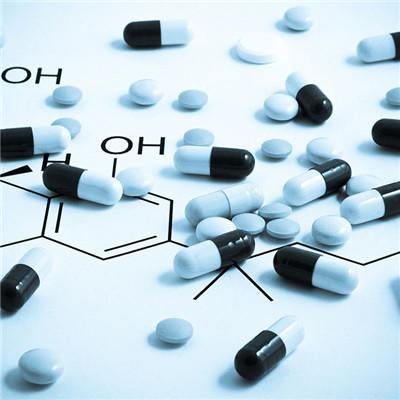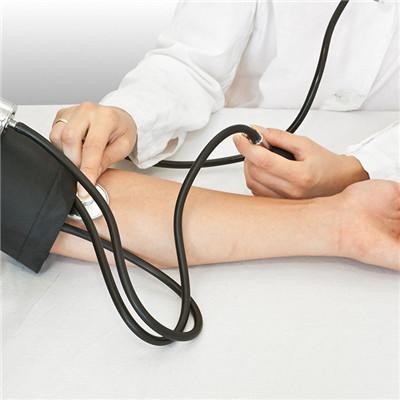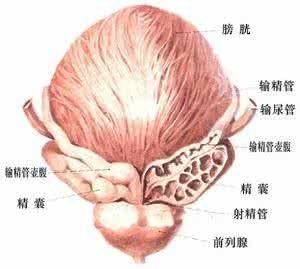What is the cause of cardiac hypertrophy?
summary
Hypertrophic cardiomyopathy is a kind of cardiomyopathy, which is mainly manifested as the feeling of rapid heartbeat, shortness of breath and other uncomfortable symptoms after every strenuous exercise. In addition, hypertrophic cardiomyopathy is a slow gradual process, with a certain stable stage, which can be asymptomatic for a long time, or sudden aggravation of symptoms, so it is necessary to pay attention to the prevention of cardiomyopathy. So what is the cause of cardiac hypertrophy? Let me introduce it.
What is the cause of cardiac hypertrophy?
First, the etiology is unknown. At present, it is considered that genetic factors are the main cause of the disease, which is based on the obvious familial tendency of the disease, often combined with other congenital cardiovascular malformations. Some patients have the disease at birth, and the genetic genotype of HLA antigen can be seen in the patients with the disease. The main pathological changes were cardiac hypertrophy and increased cardiac weight. Myocardial hypertrophy can be seen in the interventricular septum and free wall, especially in the former, which is often asymmetric (non concentric) hypertrophy, that is, the degree of ventricular wall hypertrophy varies from place to place, the left ventricle is common, the right ventricle is rare. It is called hypertrophic obstructive cardiomyopathy (HOCM) or idiopathic hypertrophic subaortic stenosis (ihas) when the left ventricular outflow tract (LVOT) is obstructed due to the left ventricular septal hypertrophy and left ventricular cavity protrusion. Patients with mild interventricular septal hypertrophy and no obvious obstruction of left ventricular outflow tract during systole are called "hypertrophic non obstructive cardiomyopathy". The anterior papillary muscle can also be hypertrophic, often displaced and affect the normal valve function. The left ventricular cavity decreased when the myocardium was highly hypertrophic. The ratio of interventricular septum thickness to left ventricular posterior wall thickness is more than or equal to 1.3 in some cases. There is a variant hypertrophic cardiomyopathy, especially in the apical region. In this type, the subpericardial coronary artery is normal, but the number of coronary arteries in the ventricular wall is increased and the lumen is narrow. Under the microscope, the arrangement of cardiomyocytes was disordered, the nucleus was abnormal, the cell branches were many, the mitochondria were increased, the cardiomyocytes were extremely hypertrophic, the glycogen content in the cells was increased, in addition, there was interstitial fiber hyperplasia. The arrangement of myofibrils was disordered under electron microscope. Two thirds of the patients had enlarged mitral leaflets and a fibrous plaque on the left ventricular intima opposite to the anterior leaflet, which was caused by the collision between the mitral valve and the ventricular septum. The disease can occur in all ages, but myocardial hypertrophy is more serious in patients under 40 years old than in patients over 40 years old. With the development of the course of disease, myocardial fibrosis increased, ventricular wall hypertrophy decreased, and the degree of cardiac stenosis also decreased, showing late performance.

Second, it is a relatively slow but effective compensatory function, which mainly occurs in the case of long-term pressure overload. The total amount of myocardium increases and the contractile force strengthens, so that the heart can maintain normal blood circulation and has considerable reserve power. But this compensatory function also has its disadvantages, mainly because the oxygen demand of hypertrophic myocardium is increased, and the blood supply of coronary artery is often not satisfied, resulting in myocardial ischemia, which will eventually lead to the decline of myocardial contractility. Hypertrophic cardiomyopathy is characterized by myocardial hypertrophy. The typical manifestation is left ventricular hypertrophy, especially the interventricular septum, occasionally concentric hypertrophy.

Third: the development of hypertrophic cardiomyopathy is slow, the prognosis is good, but arrhythmia may lead to sudden death, so in life should pay attention to avoid overwork, prevent excessive mental tension, to maintain a better living habits, otherwise it is really their own life to tired out.

matters needing attention
If the drug treatment is ineffective, the patients can be treated directly by surgery, such as hypertrophic muscle resection, and if it is combined with severe mitral regurgitation, mitral valve replacement can be done. If you have a disease, you must treat it in time. It's too late to treat it when you've lost your life.

















